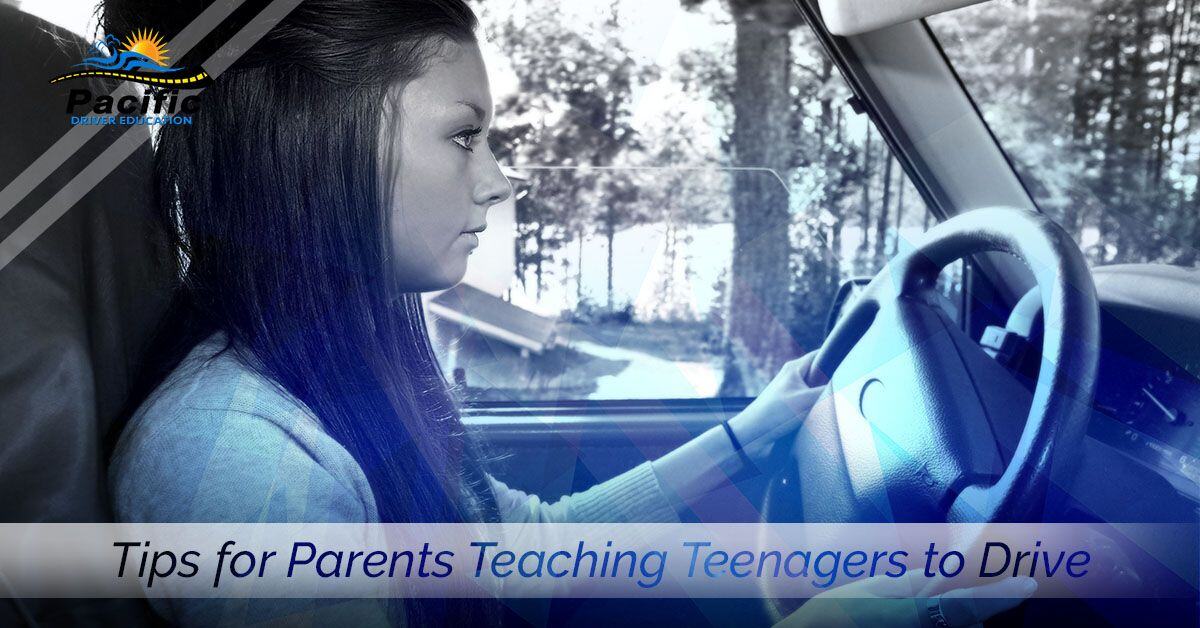There are many very significant milestones that children go through — their first steps, first words, first day of kindergarten, first day behind the wheel of a car — and each of them can be very exciting and incredibly stressful for parents. If you’re the parent of a 15-year-old who has gotten their learner’s permit and they’re geared up and ready to hit the road, there’s a good chance you’re dreading the thought of them putting their hands on the pedals and hands on the wheel.
One great option is to sign them up for private driving lessons with Pacific Driver Education, but even with driver education courses, kids still need plenty of practice time, and they need to be supervised by an adult. So when it comes time to taking them out on the road, how do you stay calm and reassuring? Here are some tips from our ODOT-certified driving instructors.




